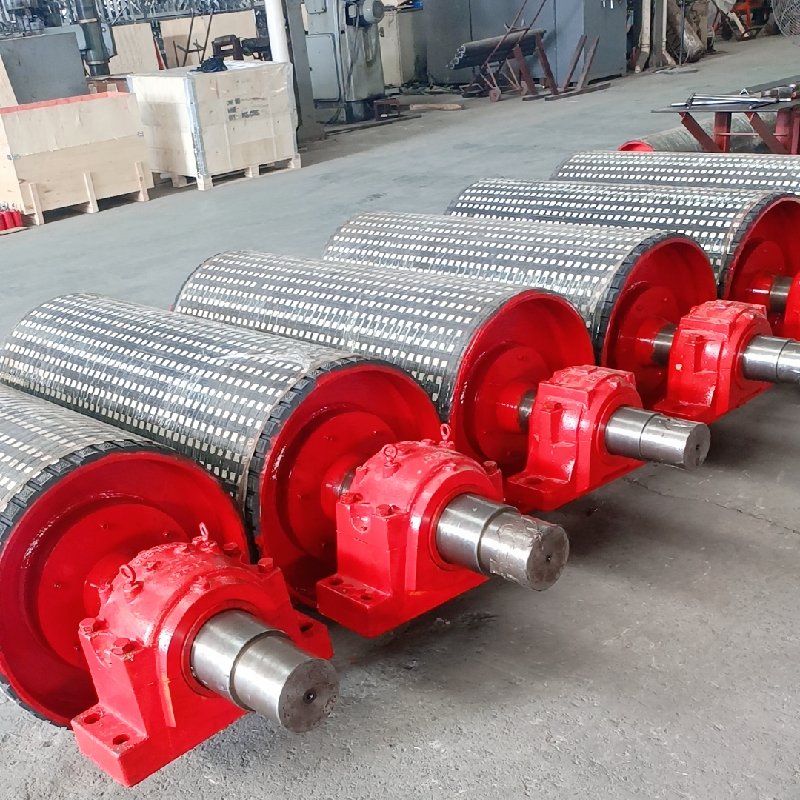 Afrikaans
Afrikaans  Albanian
Albanian  Amharic
Amharic  Arabic
Arabic  Armenian
Armenian  Azerbaijani
Azerbaijani  Basque
Basque  Belarusian
Belarusian  Bengali
Bengali  Bosnian
Bosnian  Bulgarian
Bulgarian  Catalan
Catalan  Cebuano
Cebuano  Corsican
Corsican  Croatian
Croatian  Czech
Czech  Danish
Danish  Dutch
Dutch  English
English  Esperanto
Esperanto  Estonian
Estonian  Finnish
Finnish  French
French  Frisian
Frisian  Galician
Galician  Georgian
Georgian  German
German  Greek
Greek  Gujarati
Gujarati  Haitian Creole
Haitian Creole  hausa
hausa  hawaiian
hawaiian  Hebrew
Hebrew  Hindi
Hindi  Miao
Miao  Hungarian
Hungarian  Icelandic
Icelandic  igbo
igbo  Indonesian
Indonesian  irish
irish  Italian
Italian  Japanese
Japanese  Javanese
Javanese  Kannada
Kannada  kazakh
kazakh  Khmer
Khmer  Rwandese
Rwandese  Korean
Korean  Kurdish
Kurdish  Kyrgyz
Kyrgyz  Lao
Lao  Latin
Latin  Latvian
Latvian  Lithuanian
Lithuanian  Luxembourgish
Luxembourgish  Macedonian
Macedonian  Malgashi
Malgashi  Malay
Malay  Malayalam
Malayalam  Maltese
Maltese  Maori
Maori  Marathi
Marathi  Mongolian
Mongolian  Myanmar
Myanmar  Nepali
Nepali  Norwegian
Norwegian  Norwegian
Norwegian  Occitan
Occitan  Pashto
Pashto  Persian
Persian  Polish
Polish  Portuguese
Portuguese  Punjabi
Punjabi  Romanian
Romanian  Russian
Russian  Samoan
Samoan  Scottish Gaelic
Scottish Gaelic  Serbian
Serbian  Sesotho
Sesotho  Shona
Shona  Sindhi
Sindhi  Sinhala
Sinhala  Slovak
Slovak  Slovenian
Slovenian  Somali
Somali  Spanish
Spanish  Sundanese
Sundanese  Swahili
Swahili  Swedish
Swedish  Tagalog
Tagalog  Tajik
Tajik  Tamil
Tamil  Tatar
Tatar  Telugu
Telugu  Thai
Thai  Turkish
Turkish  Turkmen
Turkmen  Ukrainian
Ukrainian  Urdu
Urdu  Uighur
Uighur  Uzbek
Uzbek  Vietnamese
Vietnamese  Welsh
Welsh  Bantu
Bantu  Yiddish
Yiddish  Yoruba
Yoruba  Zulu
Zulu Understanding the Importance of Conveyor Impact Bars in Material Handling Systems
Understanding Conveyor Impact Bars Essential Components for Material Handling
In the realm of material handling, conveyor systems play a pivotal role in ensuring the efficient movement of goods across various industries. Among the critical components of these systems are conveyor impact bars, which serve a vital purpose in protecting the conveyor belt and maintaining operational efficiency. This article explores the significance of conveyor impact bars, their design, function, and the benefits they provide to material handling systems.
What Are Conveyor Impact Bars?
Conveyor impact bars are specialized components designed to absorb the energy generated during the impact of materials being loaded onto a conveyor belt. Typically made from durable materials such as rubber, polyurethane, or composite materials, these bars are strategically placed at critical loading points along the conveyor system. Their primary function is to cushion the load as it falls onto the conveyor, reducing wear and tear on both the belt and other associated components.
The Importance of Impact Bars
In any conveyor system, materials can be heavy, abrasive, and even irregularly shaped. When these materials are loaded onto the conveyor, they can exert significant force, potentially damaging the conveyor belt and leading to costly downtime for maintenance and repairs. This is where conveyor impact bars come in, providing a buffer that mitigates the impact force. By absorbing shock, these bars help maintain the integrity of the conveyor belt, extend its lifespan, and ensure smooth operation.
Design Features of Impact Bars
Conveyor impact bars are designed with specific features to maximize their effectiveness
. The following attributes are paramount in their construction1. Material Composition High-quality impact bars are made using resilient materials that can withstand heavy loads and resist abrasion. This ensures they can endure the rigors of the industrial environment.
2. Profile Design Many impact bars feature a tapered profile that allows for better load distribution. This design prevents concentrated impact in one area, further reducing wear on the belt.
conveyor impact bars

3. Installation and Adjustability Conveyor impact bars can often be adjusted in height and position, allowing for customization to fit various conveyor configurations and material types. This flexibility is essential in industries where bulk materials may vary.
4. Integration with Other Components Impact bars should complement other conveyor components, including rollers and skirting systems, to maximize efficiency and minimize material spillage.
Benefits of Using Conveyor Impact Bars
The advantages of utilizing impact bars in conveyor systems are manifold
1. Reduced Belt Damage By providing a cushioning effect, impact bars significantly decrease the likelihood of conveyor belt tears and rips, leading to lower replacement costs.
2. Enhanced Safety A well-protected conveyor reduces the risk of materials spilling, which can create hazardous conditions for workers and machinery.
3. Increased Productivity With less downtime for repairs and fewer interruptions caused by belt damage, operations can run more smoothly and efficiently.
4. Cost-Effectiveness Though an initial investment is required to install impact bars, the long-term savings from reduced maintenance and extended belt life often outweigh these costs.
Conclusion
Conveyor impact bars are indispensable components in the effective management of material handling systems. By diminishing the adverse effects of material impact on conveyor belts, they play a crucial role in enhancing operational efficiency, safety, and cost-effectiveness. Industries that leverage advanced conveyor technology should prioritize the use of high-quality impact bars to ensure their systems remain productive and reliable over time. As the demands of material handling continue to evolve, so too will the technologies and components like impact bars that support these vital operations.
-
Trusted Conveyor Solutions from Leading Conveyor Idler Roller ManufacturersNewsJun.27,2025
-
Reliable Return Idler Solutions for Efficient Belt Conveyor SystemsNewsJun.27,2025
-
Precision Conveyor Accessories for Streamlined Material HandlingNewsJun.27,2025
-
High-Quality Belt Conveyor Idler Solutions for Efficient Material HandlingNewsJun.27,2025
-
High-Performance Belt Conveyor Pulleys for Reliable Material HandlingNewsJun.27,2025
-
Enhancing Material Handling EfficiencyNewsJun.27,2025





























